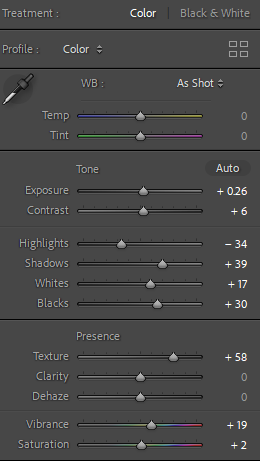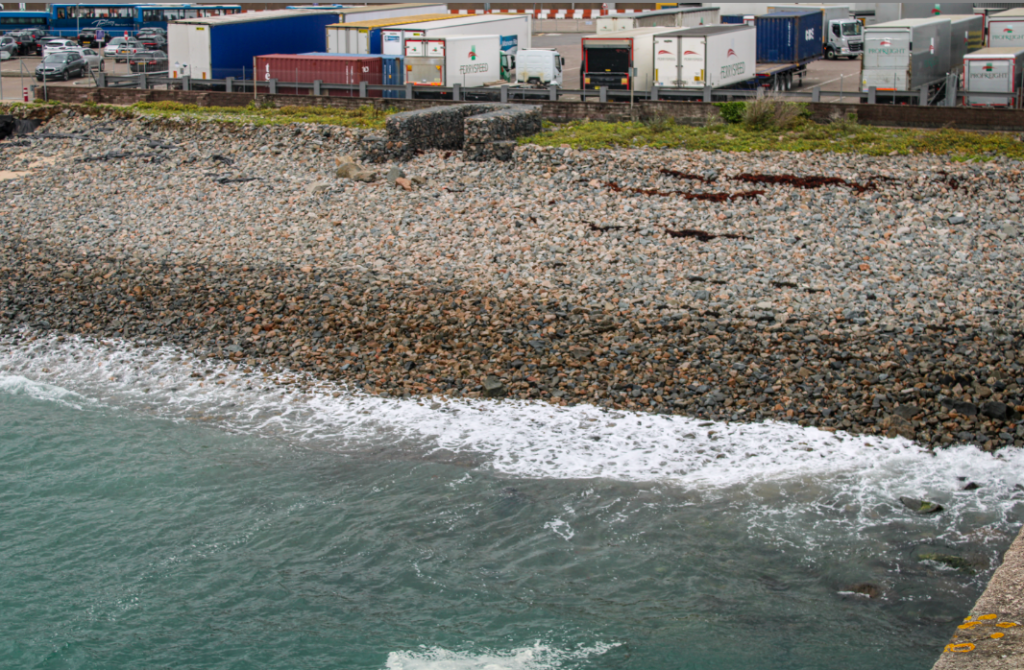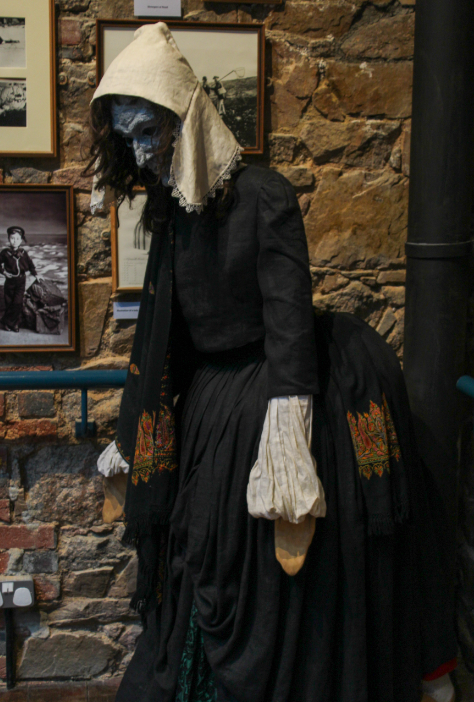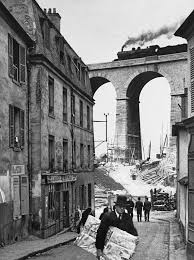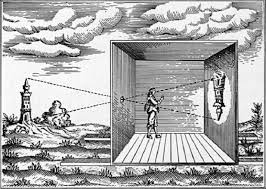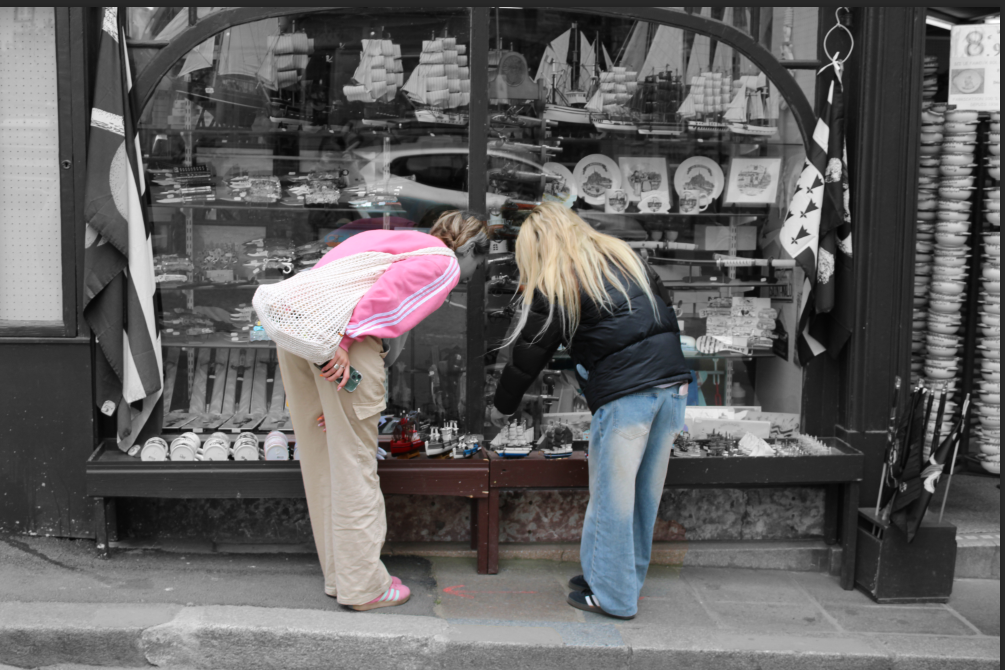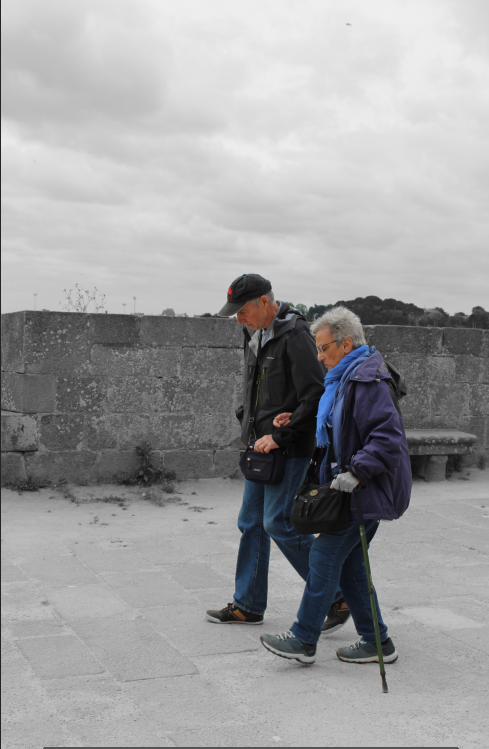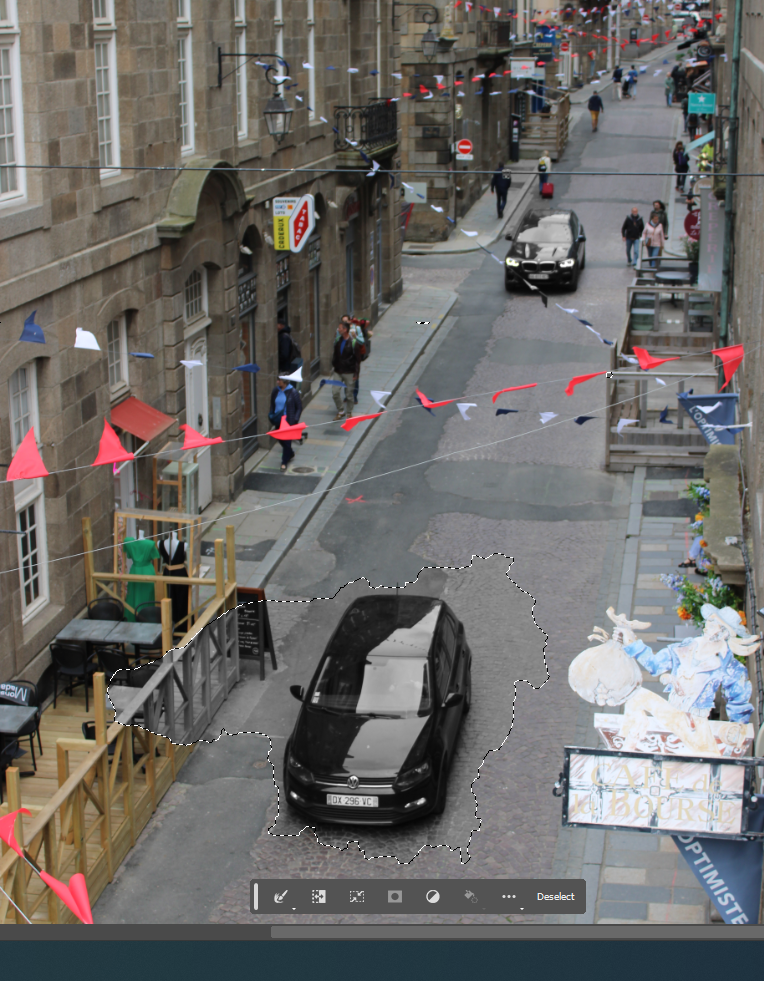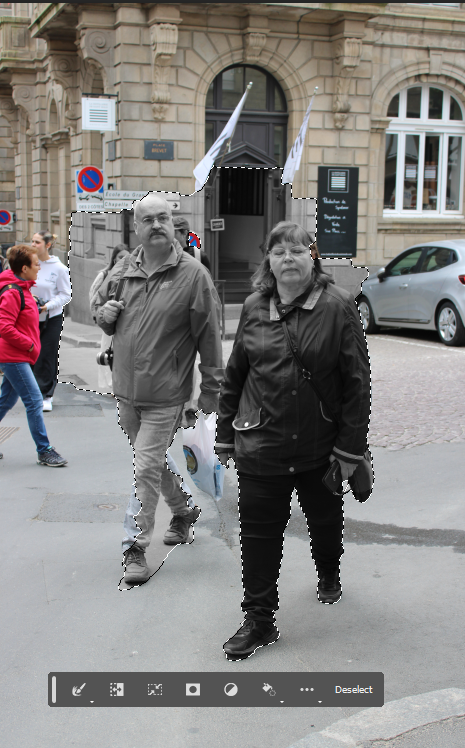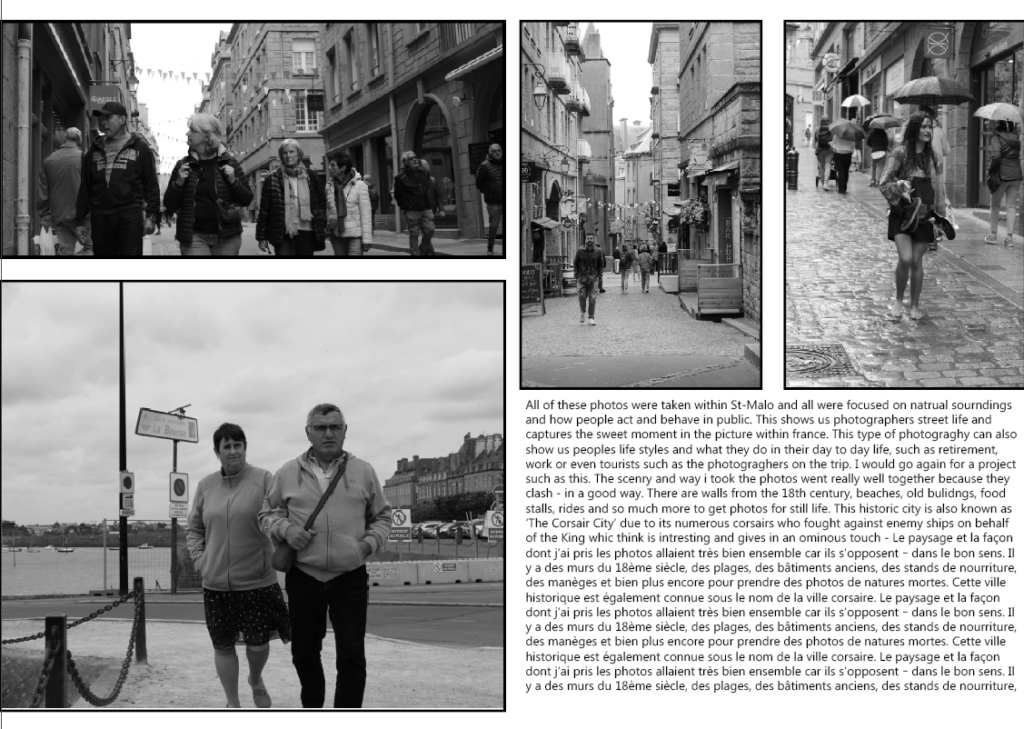NARRATIVE
Narrative Is the way a story is told, for example you can tell different narratives of the same story. There is no right or wrong. It tells a story and a picture with a meaning. Narrative is constructed when you begin to create relationships between images and present more than two images together. Your selection of images and the order of how these images appear on the pages contributes significantly to the construction of the narrative. So too, does the structure and design of the zine.
STORY: What is your story? How will you tell your story?
I want to guide people to see what I see—to feel a connection to those moments. For my zine, I’ll be telling this story through images, each focusing on something specific. My goal is to make viewers pause and appreciate the beauty and meaning in everyday details, one photo at a time.
As I explore my surroundings, I’ll look for those little moments that tell a bigger story. I want to transform ordinary scenes into something special through my lens. There will be close-ups and different depths of images.
Ultimately, I want my zine to remind people that beauty is often found in unexpected places. Through my photography, I hope to inspire others to slow down and appreciate the world around them, celebrating the small yet significant moments that shape our lives.
My story is about capturing moments that often go unnoticed and using photography to highlight the details that truly matter. By focusing on certain points in an image, I want to guide people to see what I see—to feel a connection to that moment. For my zine, I’ll be telling this story visually. Each photo will emphasize something specific, whether it’s a fleeting expression, a small gesture, or a unique texture. The goal is to make the viewer pause and think about the beauty and meaning in everyday details, one image at a time.

Theme
In my photography zine, I’m focusing on telling a story that feels real and engaging. I’ll start with wide shots of the harbour to set the tone and show its atmosphere. Then, I’ll move into more detailed, close-up images that bring out the smaller, often unnoticed moments. By the end, the photos will come together to leave a lasting impact and tell a full story which could tell a picture about history or slave trades that may have happened in the past .
I’m carefully selecting which shots will take up more space, like full-page spreads, to give them the attention they deserve. The smaller, detailed shots and portraits will create balance, giving the zine a natural flow as well as acknowledging two side by side images. I want my photos to be seen through color, shapes, or contrasts between landscapes and close-ups. I want the series to evolve as you go through it, with each image adding something new.
I’ll use my best shots to make the story come alive and may include archival images of St. Helier Harbour if it adds to the depth and history of the project.
Zine pictures and layout
I’m working on a zine that focuses on St Helier Harbour, which has always been a place I’ve found interesting. I’m using both black and white and colour photos to show the different sides of the harbour. The black and white images highlight the textures and history, almost like freezing time, while the colour photos capture the lively, everyday side of it, like the boats and the reflections on the water. This is a spot where people relax and connect. Through this zine, I’m hoping to share that mix of old and new, quiet and busy, in a way that feels personal.
I have chosen these images to chose from as my zine prints, I am going to select 10-15 images of these pictures, some will be side by side comparison with before and after or black and white vs normal colour.
This image spread across 1 page as two, any images such as this will spread across the whole double page.

Both these images are going to be side by side.


Both of these image will spread across one page.






Compare each image side by side.



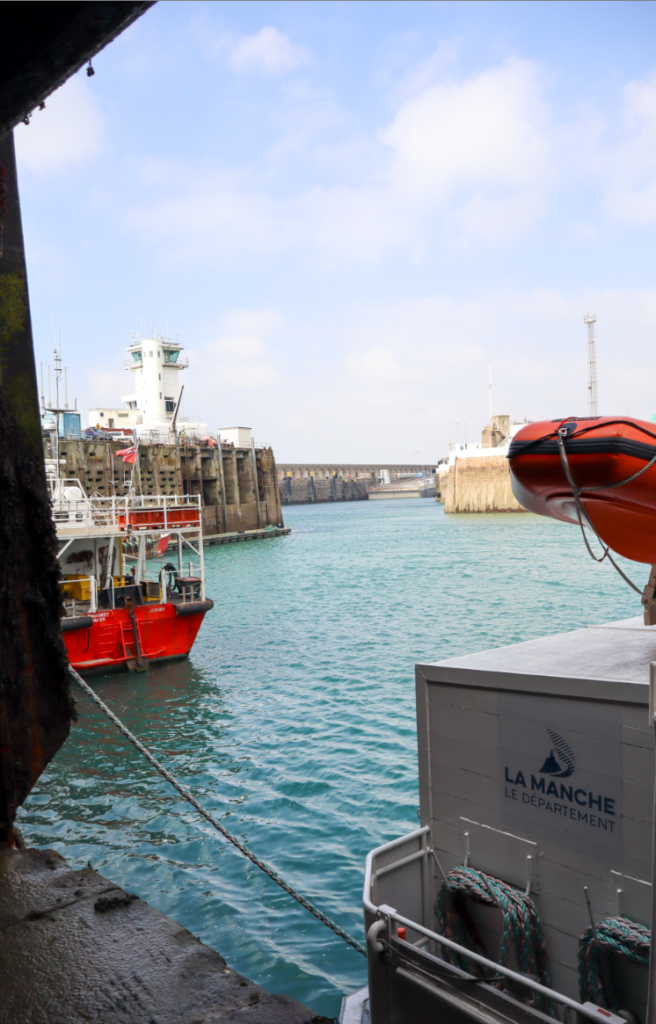


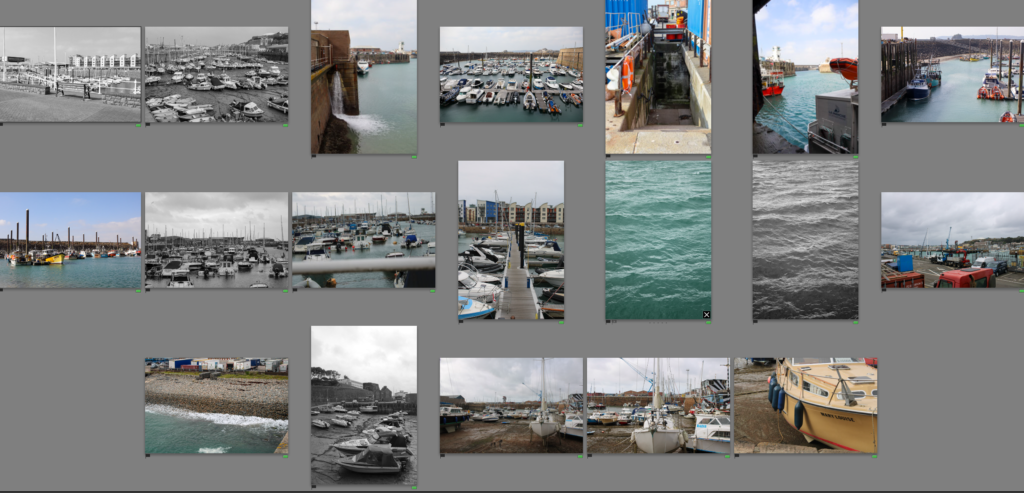
This is my final set of images that is going to be used for my zine, with a range of different shapes and sizes- as well as colours.



